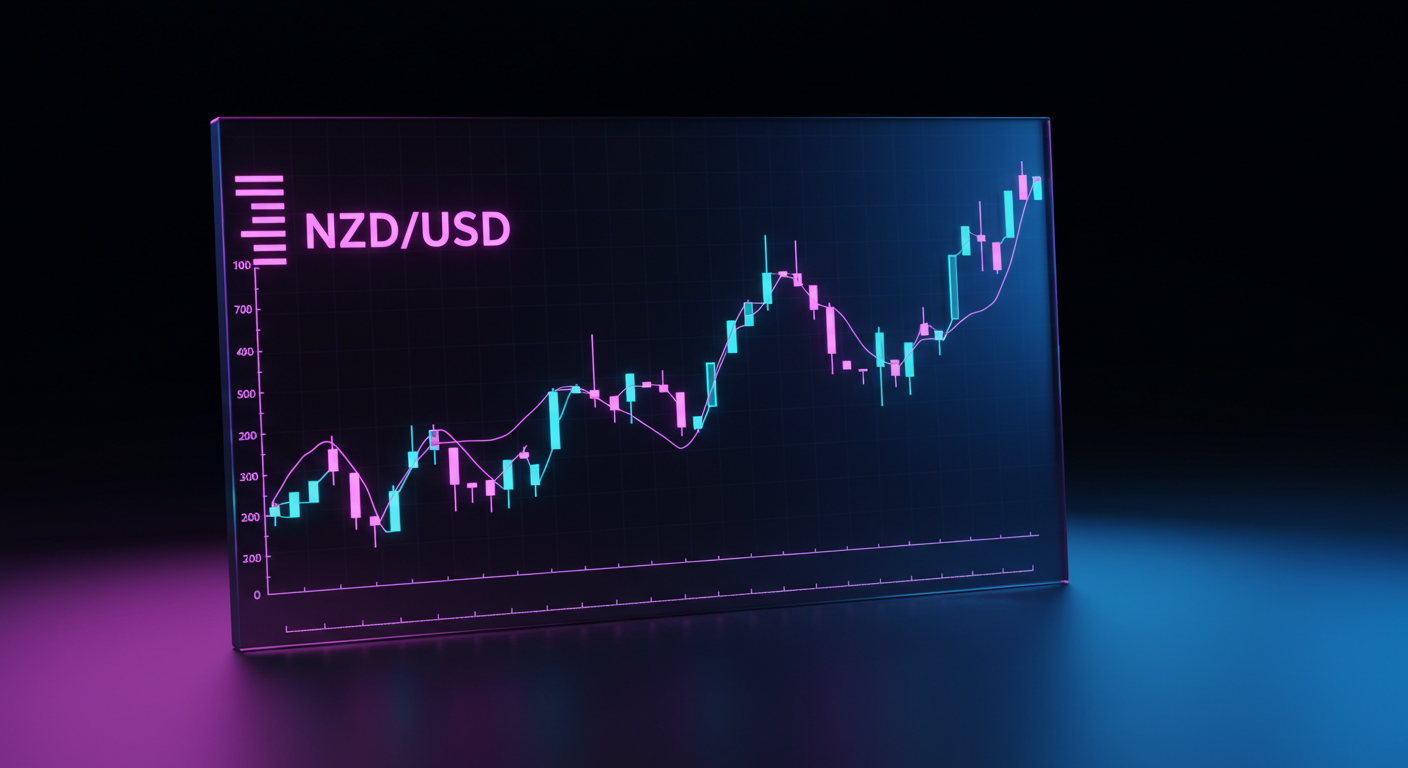Karoline Leavitt, White House Press Secretary, provided insights during a conversation with Fox. The discussion will focus on foreign policy, including efforts to end the war in Ukraine and plans to secure the release of hostages in Gaza.
Additionally, funding will be requested from Congress for mass deportations of undocumented migrants. There seems to be a discrepancy, as Trump desires a swift trade deal, while European leaders prefer a more measured approach.
Diplomatic And Domestic Challenges
Leavitt’s remarks highlight a reality that cannot be ignored. The administration is pushing for diplomatic resolutions in Eastern Europe and the Middle East while also making domestic security a priority. This mixture of international and internal matters introduces complexities that will undoubtedly shape global markets in the short term.
Washington’s approach to Ukraine carries financial consequences beyond military aid. Any movement towards peace means shifts in defence spending and potential reallocations of resources. Holders of contracts linked to this sector may react sharply to new developments. If negotiations remain stalled, industries depending on sustained military support could retain their current momentum. If there is a breakthrough, rapid adjustments should be expected.
The situation in Gaza presents another variable. The success or failure of talks to free captives will be closely monitored. Diplomatic breakthroughs can alter investment flows in energy and commodities. Any decision that creates confidence in stability will be reflected in price movements. On the other hand, should complications arise, the potential for sudden changes remains high.
This administration’s request for deportation funding introduces uncertainty into labour-dependent industries. Policies affecting the workforce always have widespread economic impact. Any decision on resources tied to immigration enforcement may influence supply chains, particularly in sectors that rely on lower-cost labour. If capital markets perceive risks to labour availability, volatility could follow in industries sensitive to workforce disruptions.
Uncertainty In Trade Negotiations
Trade matters remain unresolved. While Washington seems eager to finalise agreements, European leaders are signalling hesitation. This difference in approach presents opportunities and risks. If negotiations accelerate, markets linked to transatlantic commerce may move in anticipation. However, should European officials continue their deliberate stance, the prospect of prolonged discussions may introduce further hesitation among investors.
Taken together, these developments demand close attention. The potential for shifts remains high, and careful positioning may be necessary. Decisions made in the coming weeks will not occur in isolation. Policy actions, diplomatic engagements, and economic responses are interconnected. Reactions will not unfold evenly across all markets, making it essential to track each event with precision.











